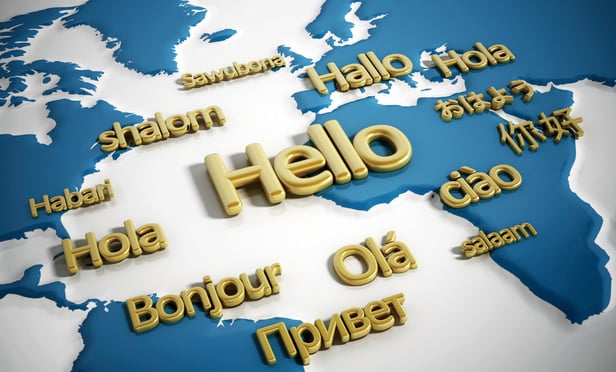Machine translation (MT) solutions are an effective and efficient way to deal with foreign language content in cross-border e-discovery. When foreign language documents can’t be reviewed by hand, Google Translate and other public domain tools provide efficient translations at a lower cost. However, each program brings with it specific challenges of which attorneys need to be aware.
Translation Goals
Cost variances in MT solutions are essentially negligible at this point in time, with all tools offering comparable cost-effective solutions for bulk translation. Similarly, the quality of output is also comparable with only minor quality differences among tools, especially with “out the box” use. So, in a market where the cost and quality of MT tools have equalized, what should legal teams prioritize when selecting MT solutions?
This content has been archived. It is available through our partners, LexisNexis® and Bloomberg Law.
To view this content, please continue to their sites.
Not a Lexis Subscriber?
Subscribe Now
Not a Bloomberg Law Subscriber?
Subscribe Now
LexisNexis® and Bloomberg Law are third party online distributors of the broad collection of current and archived versions of ALM's legal news publications. LexisNexis® and Bloomberg Law customers are able to access and use ALM's content, including content from the National Law Journal, The American Lawyer, Legaltech News, The New York Law Journal, and Corporate Counsel, as well as other sources of legal information.
For questions call 1-877-256-2472 or contact us at [email protected]



